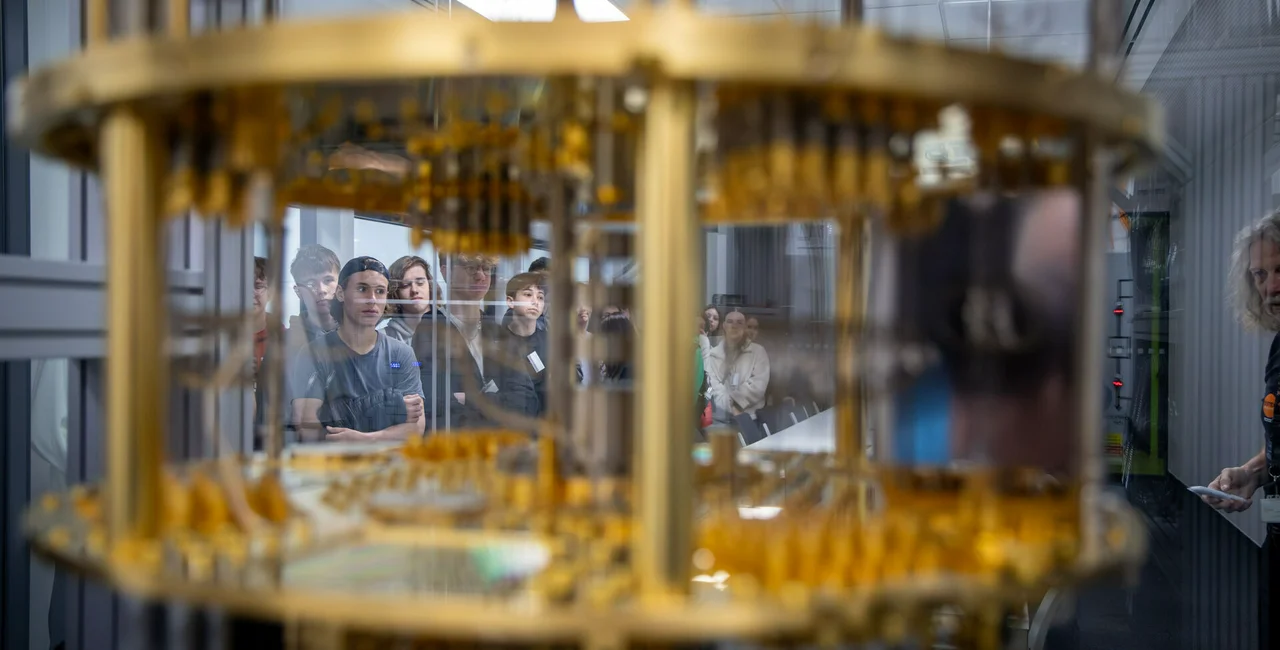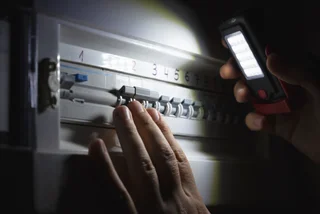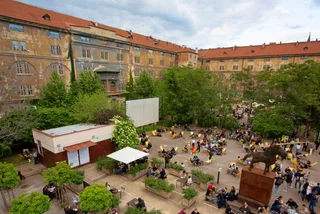Ostrava, once better known for coal and steel, has just made a leap into the future. On Tuesday, Sept. 23, 2025, the city became home to Czechia’s first quantum computer—one of only two in Europe publicly accessible to research institutions, universities, industrial companies, and public sector users.
The machine, called VLQ, may look like a golden chandelier hanging inside a freezer, but its potential is far-reaching. From designing new medicines to mapping traffic, cleaning satellite images, and training artificial intelligence, quantum computing is already drawing billions of dollars in investment worldwide.
In September 2025, for example, NVIDIA’s venture and corporate units committed over USD 17 billion to quantum computing startups such as Quantinuum, QuEra, and PsiQuantum—signaling that this technology is moving from theory toward practical applications.

How does it work?
“Quantum computers can solve tasks that would be too time-consuming for conventional computers,” said Vít Vondrák, director of IT4Innovations, the center hosting VLQ.
VLQ is based on 24 physical qubits in a star-shaped topology, a design that allows broader connections between qubits and increases efficiency compared with other machines (in layman's terms, this lets quantum computers process lots of possibilities at once, which is why they can solve certain problems much faster than regular computers).
Because quantum computers cannot efficiently solve some tasks that classical computers can handle, VLQ will be linked to the Karolina supercomputer, also operated by IT4Innovations.
The machine cost about CZK 125 million. Half of the funding came from the European High Performance Computing Joint Undertaking (EuroHPC JU), with the other half from the European LUMI-Q consortium, which includes Czechia, Belgium, Denmark, Finland, Norway, the Netherlands, Poland, and Sweden.





Future uses include vaccine development, security, and defense
IT4Innovations has operated the most powerful supercomputers in Czechia since 2013 and provides them to both domestic and international research teams from academia and industry.
“We will use it for the purposes of the Czech research community, but of course, we are also ready to provide capacity to the private or public sector,” Vondrák said. One of the first projects in Ostrava will focus on cleaning satellite images.
VLQ is expected to support new algorithms and applications in quantum machine learning, drug and vaccine development, materials design, transport optimization, and security and defense.




Speaking at the launch, Branislav Jansik, director of Supercomputing Services at IT4Innovations and coordinator of the LUMI-Q consortium, said: “The VLQ quantum computer will serve a broad spectrum of European users, from academic institutions and industrial companies to the public sector. It will primarily support research and innovation, and its capacities will be accessible to all users across Europe via EuroHPC JU.”
According to The Quantum Insider, quantum computing could generate significant economic growth and create new jobs, particularly in regions that actively invest in and support the technology.
“The potential of quantum computers is huge. But today we are somewhere in the early days,” Vondrák said.
VLQ Quantum Computer: Quick Facts
- 24 superconducting qubits in a star-shaped layout.
- Ultra-cold operation at 0.01 K (–273.14 °C), colder than space.
- Cryostat looks like a golden chandelier, weighs ~300 kg.
- Quantum chip uses just a few kilowatts—far less than classical supercomputers.
- Accessible to researchers, companies, and public sector across Europe by end of 2025.












 Reading time: 2 minutes
Reading time: 2 minutes 



 English
English
 Czech
Czech
 German
German
 Norwegian
Norwegian
 Danish
Danish


























